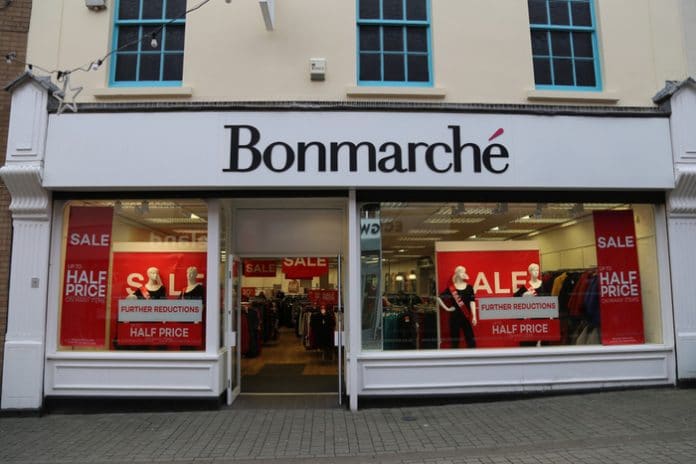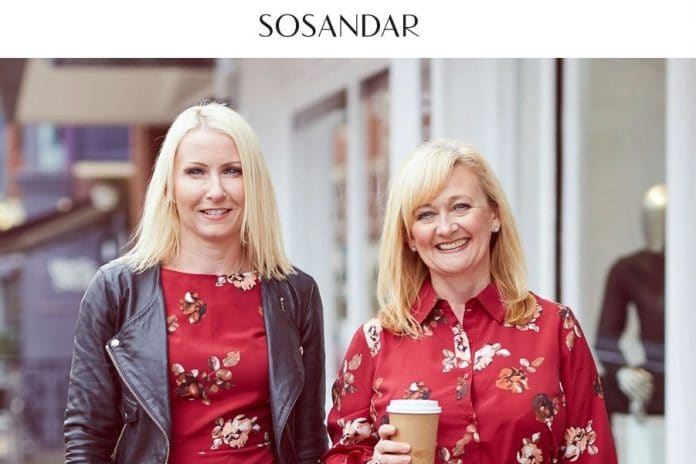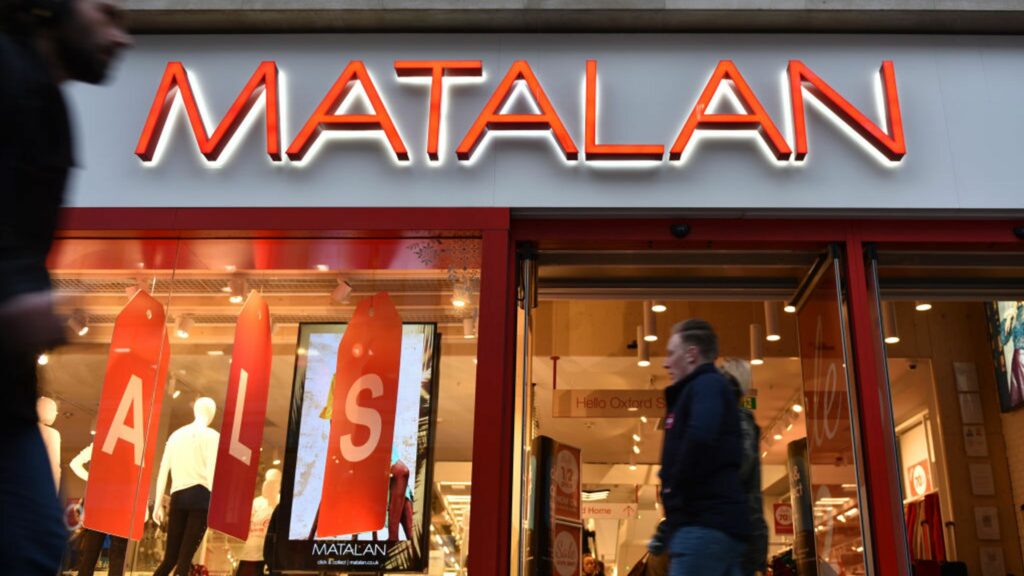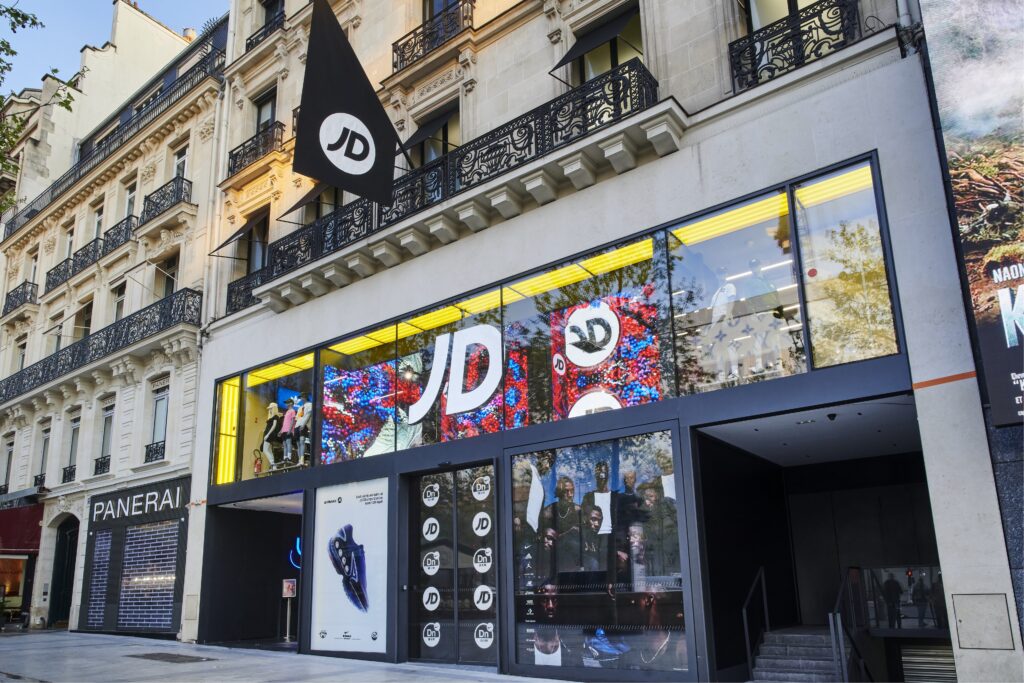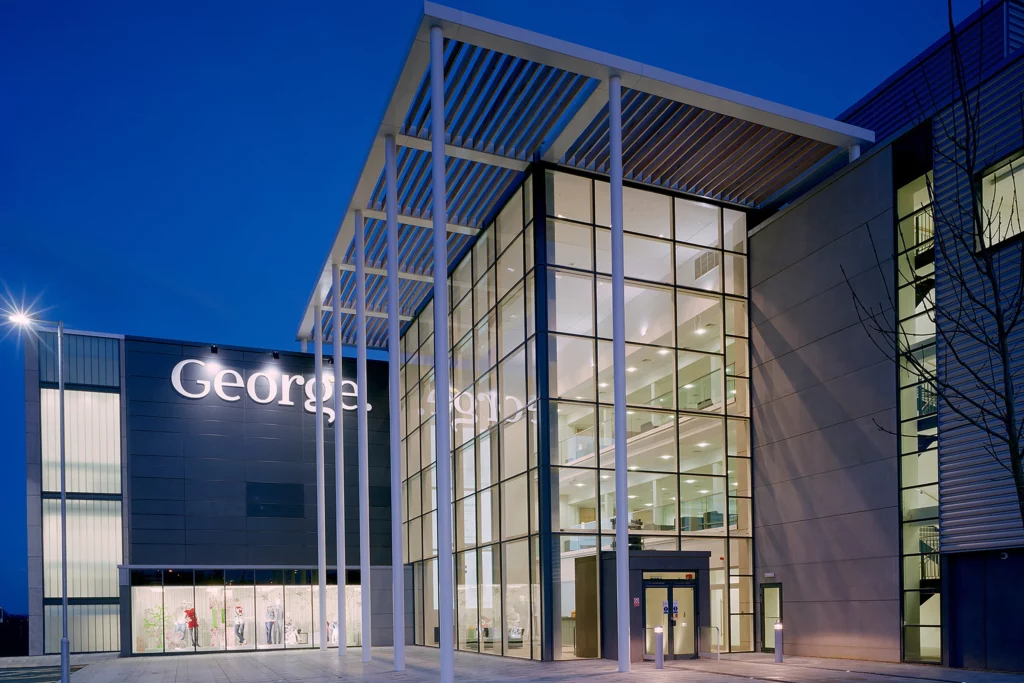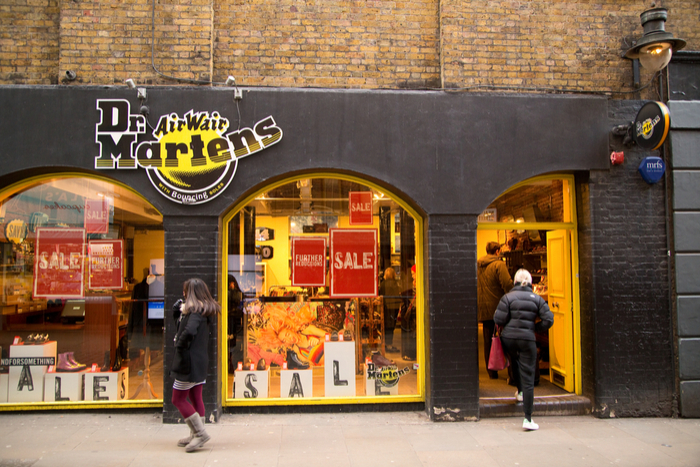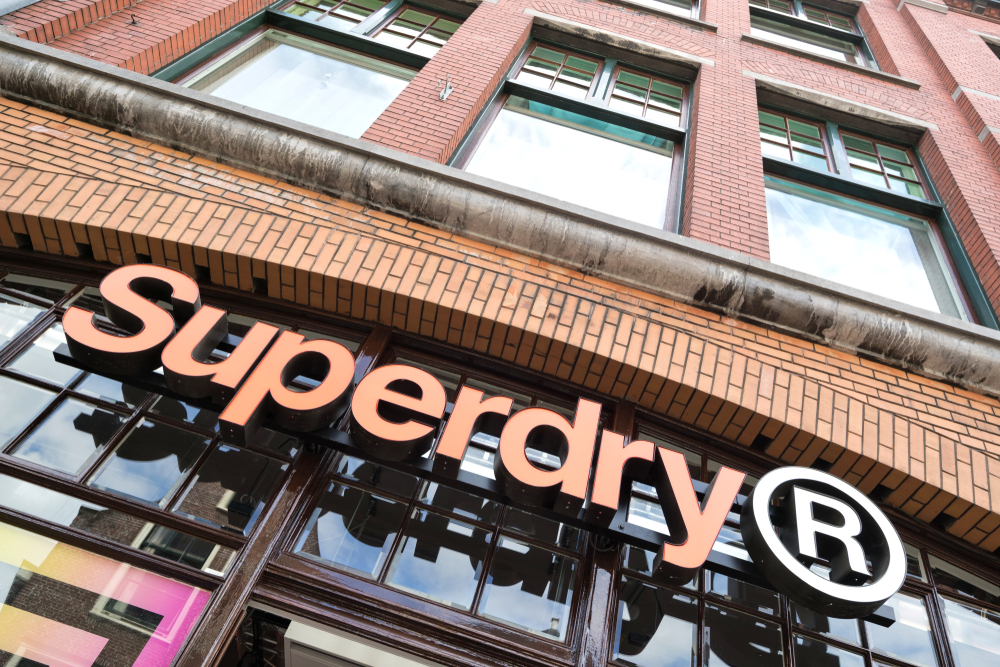A BRIEF TIMELINE
1950: Parkash Singh Chima and his family arrive in the UK from India to settle in Cambridgeshire.
1982: Chima begins selling clothing from market stalls. Chima soon buys fashion retailers Wiltex and Hartley, which had 26 indoor market locations across the north of England.
Chima eventually launches Bonmarché to “ensure mature women feel fabulous about themselves, in good quality, affordable, stylish clothing”. He moves to Huddersfield and rus the business with his sons Gurchait and Gurnaik.
1985: The first Bonmarché store opens in Doncaster.
1999: Bonmarché teams up with cancer charity Macmillan to help raise funds.
2002: Bonmarché has a portfolio of over 200 stores across the UK. The family-owned business is sold to the Peacocks Group for £51.3 million.
READ MORE:
- Can Philip Day turn Bonmarche around?
- Bonmarche to be delisted after Philip Day’s stake grows to 93%
- Philip Day on track to take Bonmarche private
2007: Bonmarché launches a collection with David Emanuel, the designer most famous for co-designing the Princess Diana’s wedding dress in 1981.
2010: Founder Parkash Singh Chima dies after collapsing at Huddersfield’s Sikh Leisure Centre.
2011: Reports emerge that Peacocks wants to sell Bonmarché.
2012: In January, Peacocks goes into administration after having tried unsuccessfully to restructure its £240 million debts.
Bonmarché was subsequently sold to US private equity group Sun European Partners for an undisclosed sum. Sun European Partners says it will continue to run Bonmarché 230 stores but will close about 160.
Bonmarché records sales of £147 million with underlying profits of £9.1 million in the year to the end of March.
2013: In April, Bonmarché was heavily criticised for being one of the retailers to occupy a space in a garment factory in Dhaka, Bangladesh, which collapsed due to a structural failure and resulted in the deaths of 1134 factory workers. It was the deadliest garment-factory disaster in history.
In October, Bonmarché announces stock market flotation plans. Sun European Partners were expected to sell around £50 million of shares, giving Bonmarché a market value of £130 million.
In November, Bonmarché attends meetings regarding the Dhaka garment factory collapse to agree a proposal on compensation to the victims.
2018: Bonmarché reports 45 per cent frop in pre-tax profits to £2.3 million in the half-year to September 29, while revenue nudges up to £97.9 million from £97.8 million.
JANUARY 2019: In January, Bonmarché posts sales plunge from the Christmas period. In the 13 weeks to December 29, like-for-like store sales decline 11.1 per cent, while total sales year-on-year fall 8.1 per cent.
MARCH 2019: Bonmarche issues its third profit warning in just six months, saying it would suffer a bigger loss than anticipated.

APRIL 2019: Edinburgh Woollen Mill Group’s owner Philip Day launches takeover offer after buying 26 million shares in Bonmarche, increasing his stake in the firm to over 52.4 per cent.
City rules stipulates that when a shareholder’s stake goes above the 30 per cent threshold, a full takeover offer must be made.
Day says he will aim to do a “store-by-store profitability assessment” which will see underperforming shops close down.
However, Bonmarche rebuffs Day’s £5.7 million takeover offer, saying it “materially undervalues” the retailer and urges shareholders to reject it in May. Day responds by saying he will keep open his takeover offer “until further notice”.
Bonmarché’s board of directors eventually warm up to Day’s offer following poor trading in the first quarter, saying the £5.7 million offer seemed “more attractive”.
JUNE 2019: Day’s holding company Spectre says it will close its offer because the future of Bonmarche remained uncertain. He sets a deadline of July 12.
READ MORE:
- Bonmarche execs sell their shares to Philip Day
- Major shareholder slams “incompetent bosses” at Bonmarche
JULY 2019: As the deadline approached, Day was on track to delist Bonmarche and make it private after the retailer’s last major shareholder sold its stake in the company. Artemis Investment Management held a stake of over 12 per cent in Bonmarche.
Day’s stake in Bonmarche quickly to 93 per cent, well above the required 75 per cent threshold to take it private, and the delisting process was triggered on July 15. It was estimated that the process would be complete by mid-August at the latest.
OCTOBER: 2019: Bonmarche collapses into administration, putting around 2900 jobs at risk. Specialist advisory firm FRP appointed as administrators FRP says Bonmarche would continue to trade with no immediate job losses or store closures, as it assesses options to secure its future and search for a buyer.
Bonmarche chief executive Helen Connolly says the retailer had examined other options to stay afloat, including refinancing or a possible CVA.
The administration is also a first for Philip Day, who has built a track record of successfully turning around distressed companies after acquiring them.
At the time of writing, Bonmarche employed 2887 staff, including 200 at its head office, and operates 318 stores across the UK.
THE REASONS
Bonmarche first opened with a goal to “ensure mature women feel fabulous about themselves, in good quality, affordable, stylish clothing”, though that eventually fell out of style.
The retailer has struggled with enhancing the customer experience. While some retailers are launching campaigns to promote inclusivity and others are offering personalisation, Bonmarche has fallen back by not making customer experience the focal point of every process.
External factors such as the increase in business rates, increased staffing costs, cost of goods and Brexit uncertainty have also led to decline.
Nick Burchett, a fund manager at Cavendish Asset Management, said Bonmarche’s first struggles came to light after Black Friday last year.
“While they weren’t the only casualties, it was clear the business had the wrong offering, the wrong locations and poor brand development,” he told Retail Gazette.
“Bonmarche faced the same challenges as everyone else on the high street, but it was too slow to adapt”
“Bonmarche faced the same challenges as everyone else on the high street, but it was too slow to adapt.
“The online presence was growing but unfortunately not fast enough. They needed more routes to market and without this they relied too much on their store presence which, as we’ve seen with the likes of House of Fraser and Debenhams, leaves you vulnerable to high rents and costly business rates.”
Nicky Stewart, a partner at law firm Howard Kennedy, said Bonmarche “was a retailer waiting to fail”.
“With the high street facing some of the toughest trading conditions in recent years, the business was not able to adapt and weather the storm,” she told Retail Gazette.
“The chief executive recognised that ‘the model simply does not work’ in today’s climate.
“Shoppers of every age are looking for more of an experience to attract them to stores and increase dwell time and Bonmarché stores lacked anything new, bold or different. The concept (or distinct lack of one) failed to deliver.
“Whilst Bonmarché’s target audience may not be overly concerned by its lack of social media presence, that market would be swayed by a better online offering and more of a value proposition or compelling product.

“Whilst the administrators are looking to sell the business as a going concern it is hard to see how it can sustain a future without significant change and a reduction in store numbers.”
Meanwhile Laura Morroll, senior manager of tech consulting firm BearingPoint, believes the most successful retailers are the ones who “have undergone fundamental operating model changes to ensure they can still be profitable”.
“Successful retailers are the ones who have undergone fundamental operating model changes”
“Competition becomes more fierce as online channel volumes grow, raw material prices rise, and property costs increase,” she said.
Morroll added that “understanding a retailer’s customer demographic is essential to determining a brand and operating model investment decisions”.
“The over-50s Bonmarché customer may not be that digitally savvy, but are certainly subject to the same reduced discretionary spending, falling consumer confidence and rising competition as other customer segments,” she said.
“The reality is that the 50-plus aged customer is likely to be more loyal to brand than younger consumers provided that their retailer of choice continues to offer them good quality and meets their perception of what great value looks like.”
There’s no doubt that external factors such as increased business rates have affected Bonmarche, but as its administrators search for a new buyer, the retailer will have to convince potential buyers that it still has a place on the UK’s high streets.
While Bonmarche has struggled to retain a loyal customer base, its core over-50s market is now tightening purse strings thanks to political and economical uncertainty.
If anything, Bonmarche may have to tweak its business model to appeal to a wider range of consumers, rather than exclusively engage with its long-established customer base.
Click here to sign up to Retail Gazette‘s free daily email newsletter

